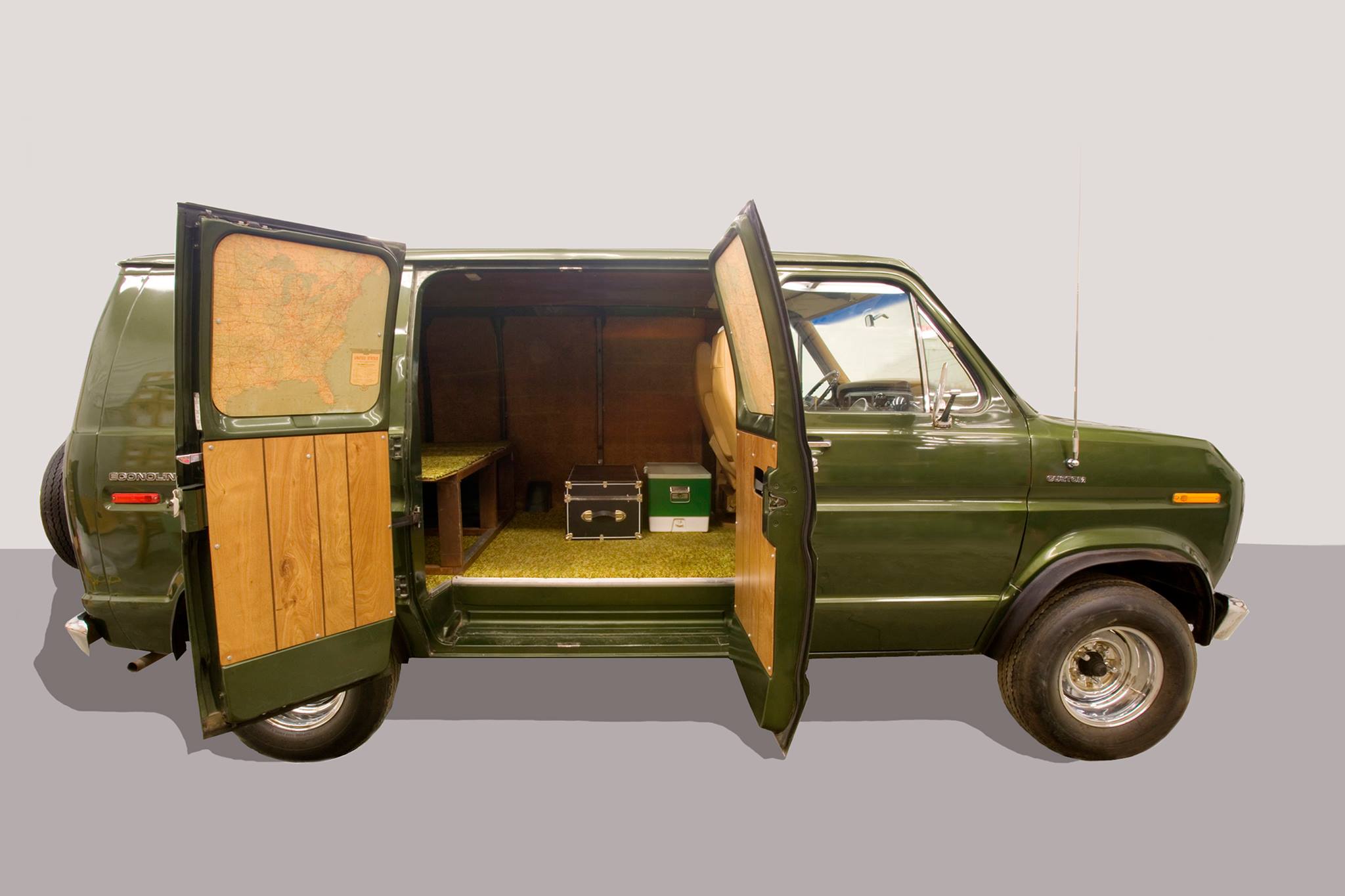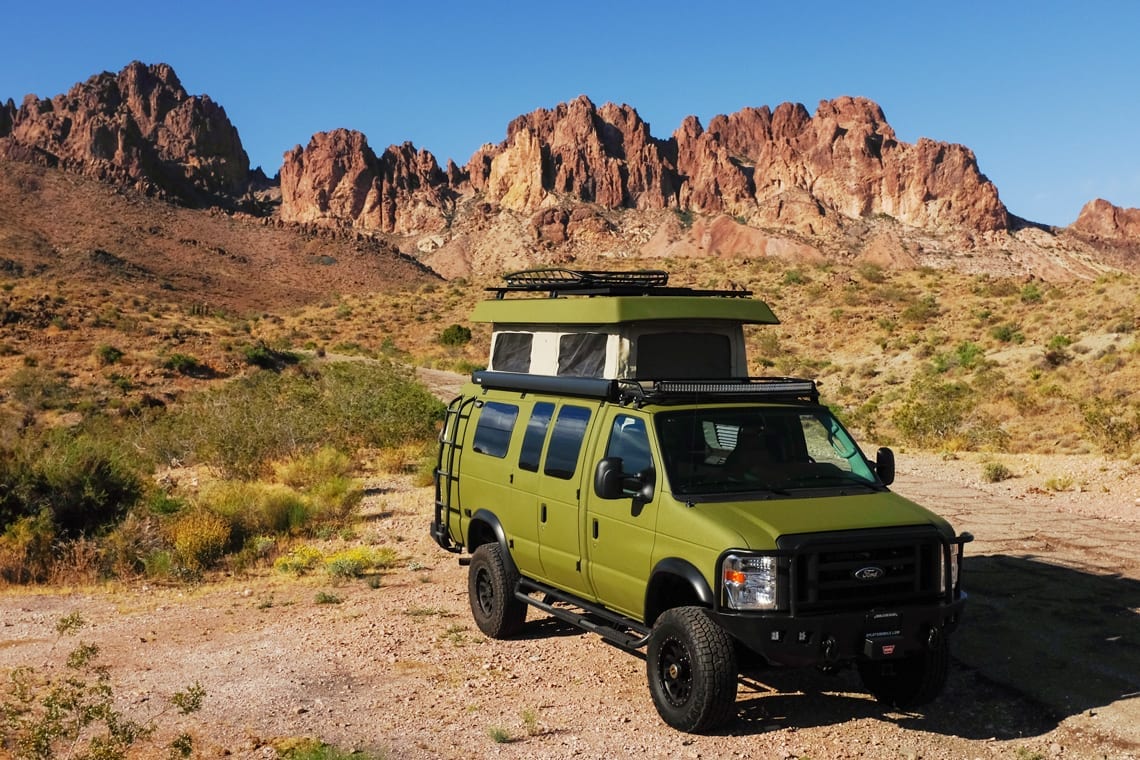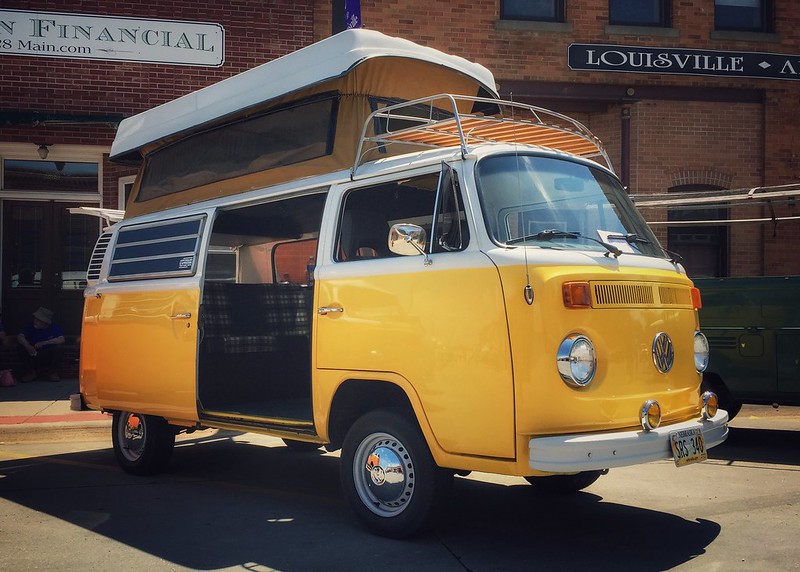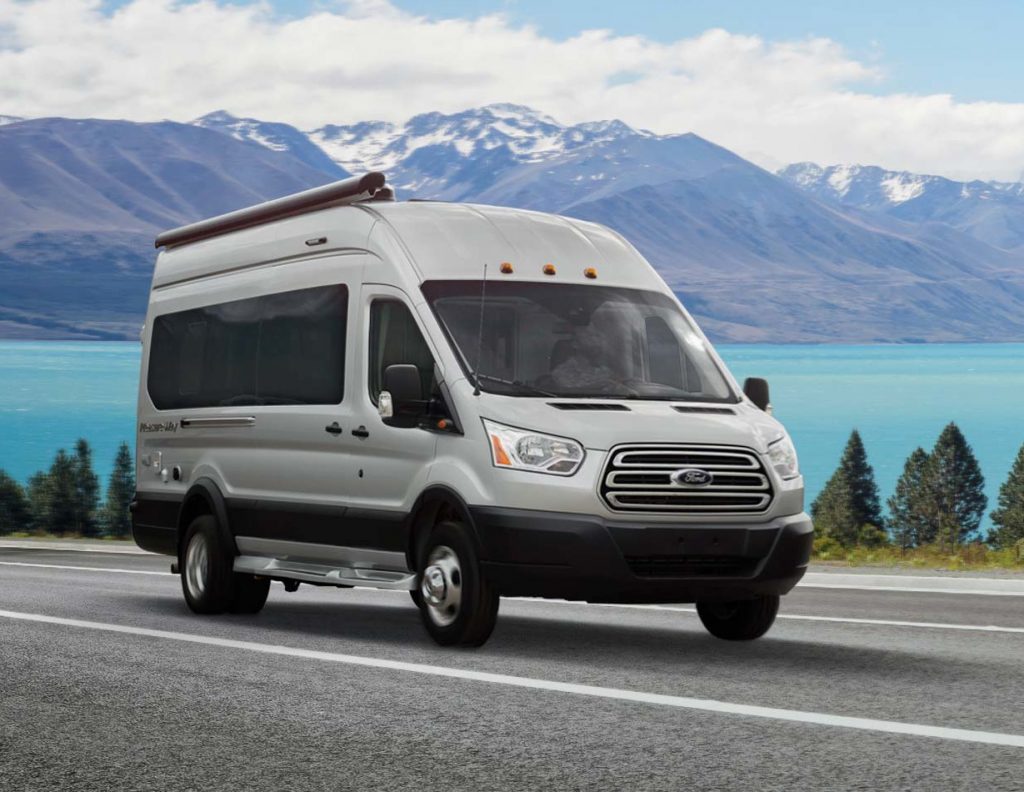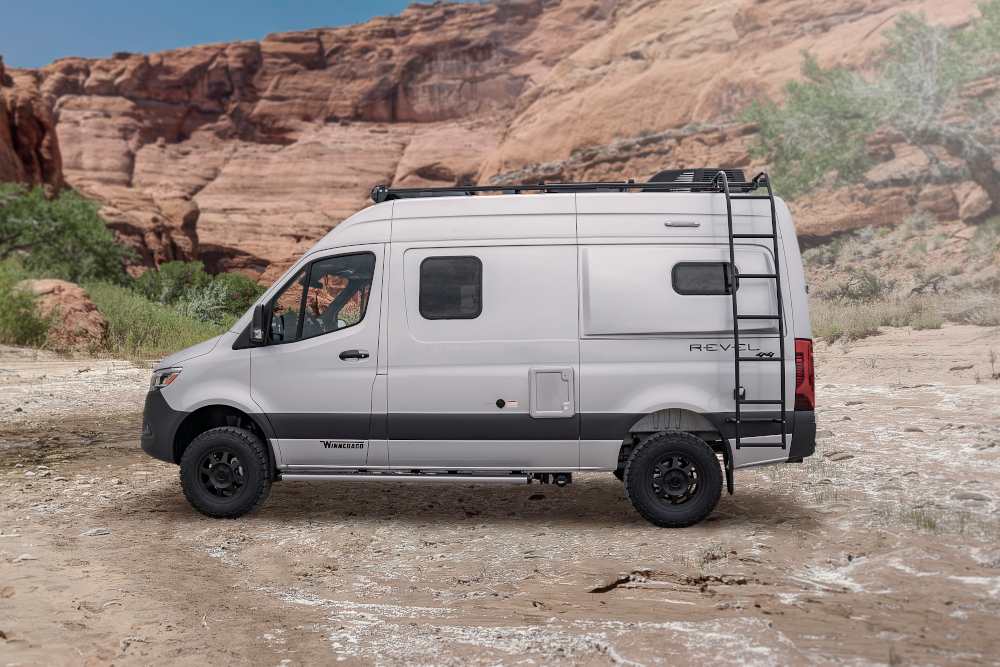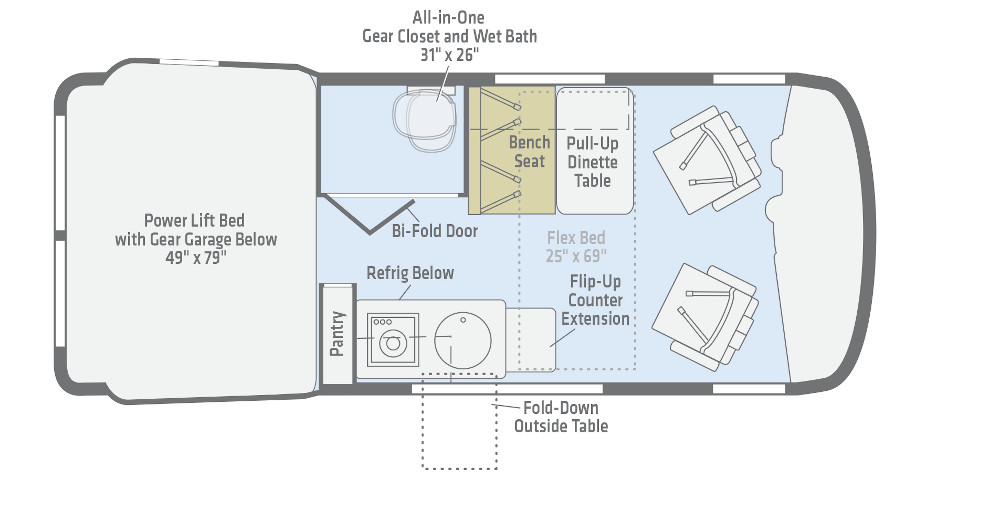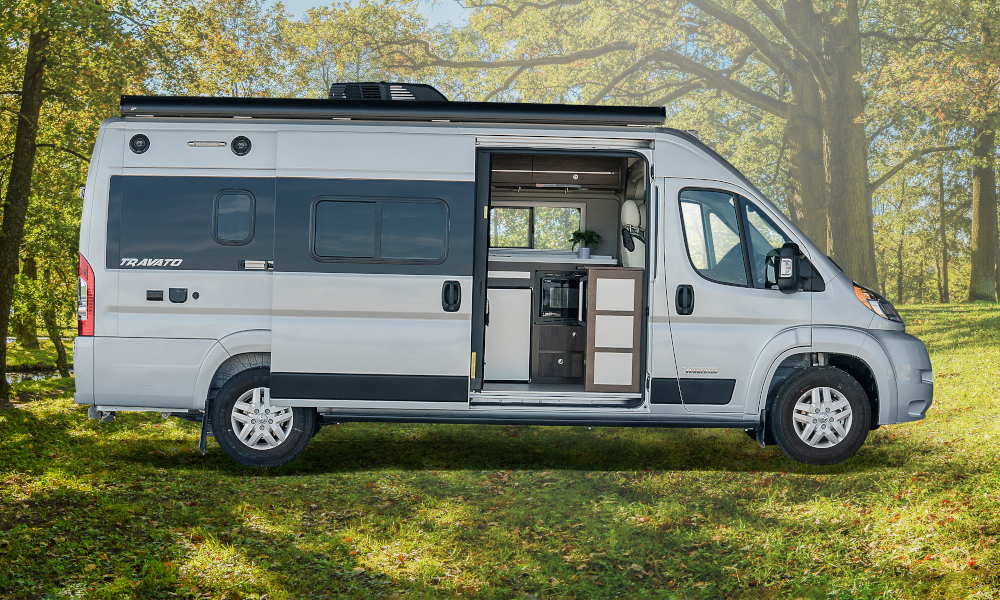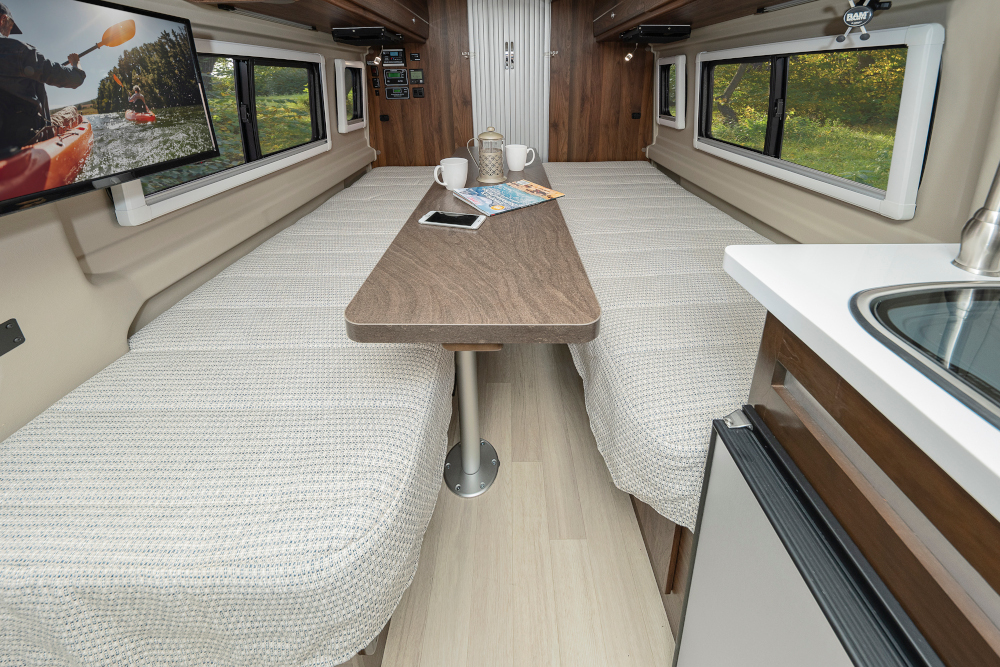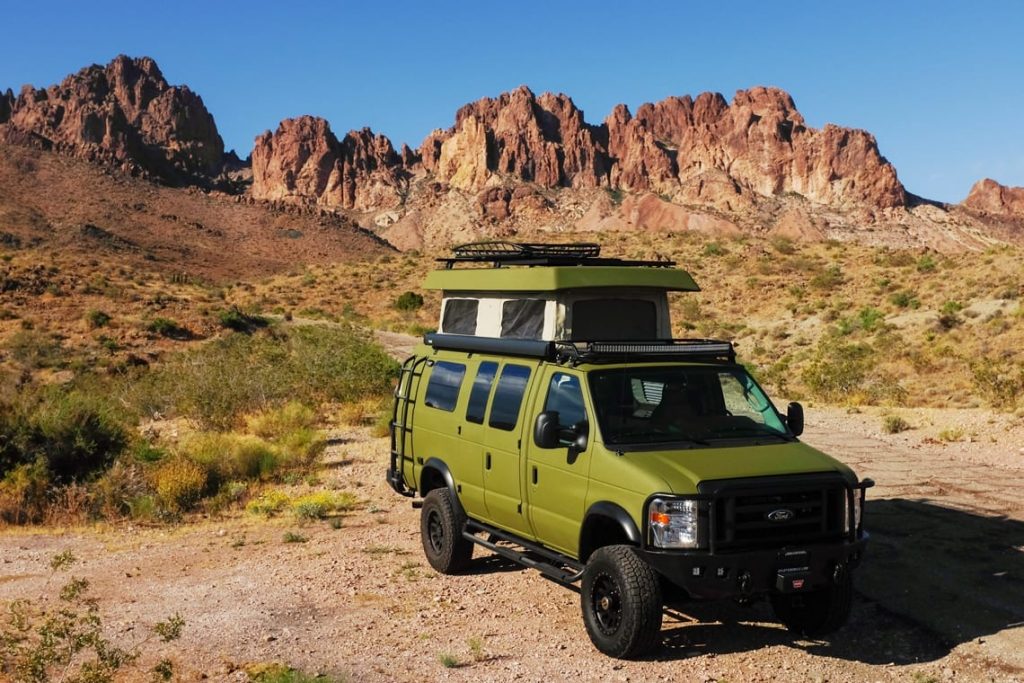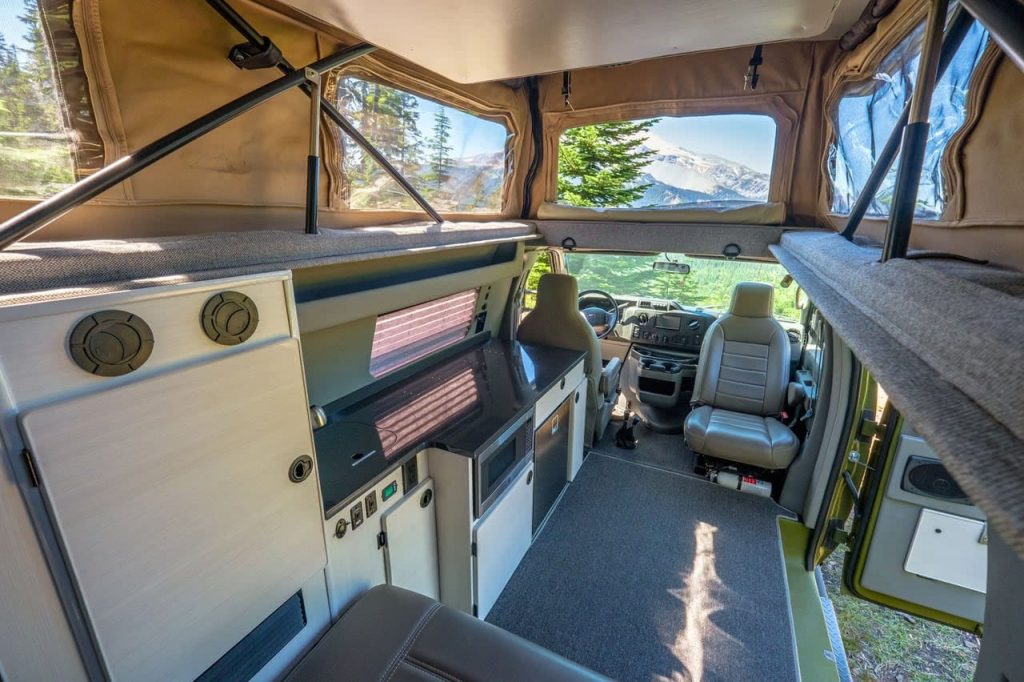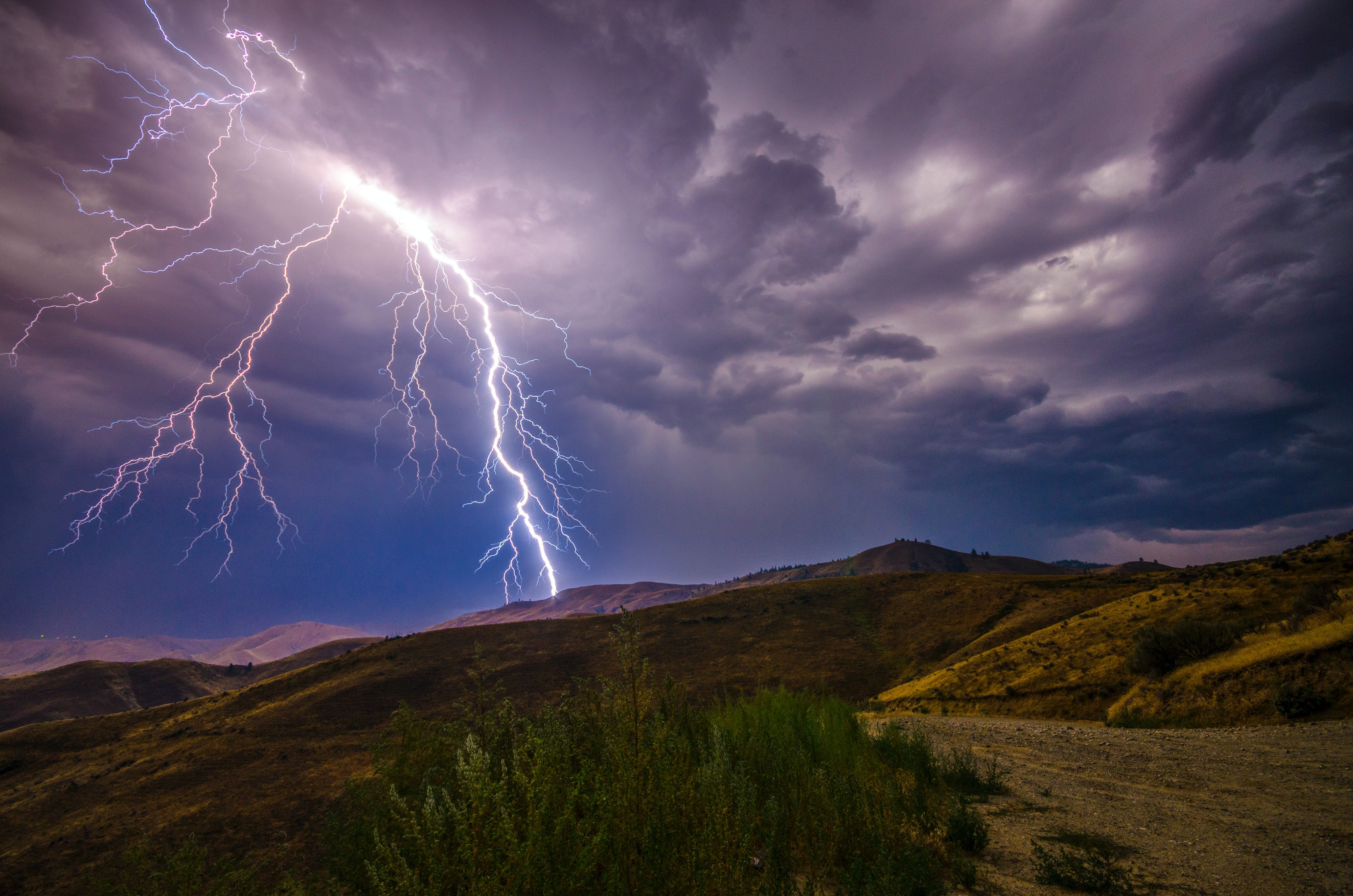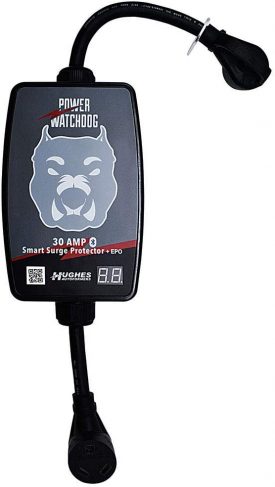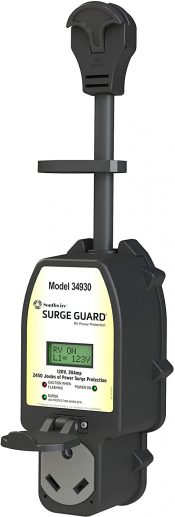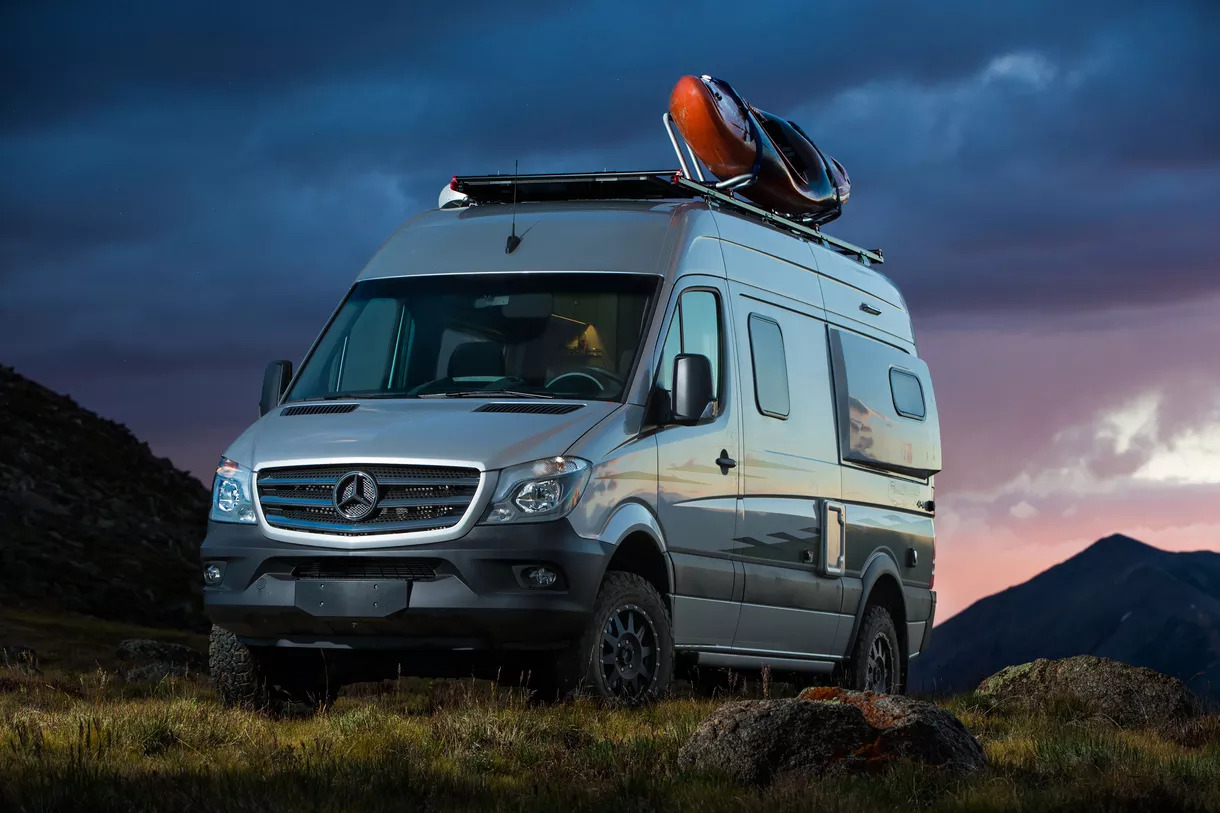Blue Highways by William Least Heat-Moon is one of the best American road trip stories. The story starts on February 17th, 1978 when Heat-Moon learned that his position as an English professor at Stephens College, a private women’s college in Columbia, Missouri. This was nine months after he was separated from his wife, and when he called her with the news that his teaching position was ending she let slip that she was now with “Rick or Dick or Chick. Something like that.” (p. 3) So here he was, 38 years old, lost his job and his wife. What should he do? That night was when the road trip idea formed. “A man who couldn’t make things go right could at least go,. He could quit trying to get out of the way of life. Chuck routine. Live the real jeopardy of circumstance. It was a question of dignity.” (p 3). A month later, on March 20th, he began his epic 13,000 mile journey.
A few years earlier, he sold his 4 cylinder Austin and bought a new 1975 half ton Ford Econoline Van for $3,647. “It came equipped with power nothing and drove like what it was: a truck.” (Heat-Moon 1982 p 9). He converted the “clangy tin box” himself. He put carpet down, added some insulation, used plywood paneling for walls and ceiling, and built a cot sized rustic platform for his foam mat. He named his van, Ghost Dancing. He mentions the van build in only two sentences of his 400+ page book. It is merely a raft that will take him on this adventure. Nothing more.
His supplies were equally minimal. A Sears portable toilet, a sleeping bag, Coleman cooler, backpacking stove, a small sack of a kitchen pot, skillet, and utensils, and a trunk with clothes. His luxuries were a 35mm camera, a microcassette recorder, notebooks, pens, and two books: Whitman’s Leaves of Grass and Neihardt’s Black Elk Speaks. He had a paper atlas, a little over $400 in cash and a few gas company credit cards and off he went traveling 13,000 miles in 83 days. He slept in the van all but 3 days of the trip..
The title of the book, Blue Highways, comes from the route he took, he eschewed the interstate highway system and instead traveled on secondary highways which were marked in blue on his map. (Granted his trip started on Interstate 70). This is a journey of landscapes and small towns. But at a deeper level this is a journey of studying the self and what connects us as people living in America, and more broadly, as humans on this planet.
